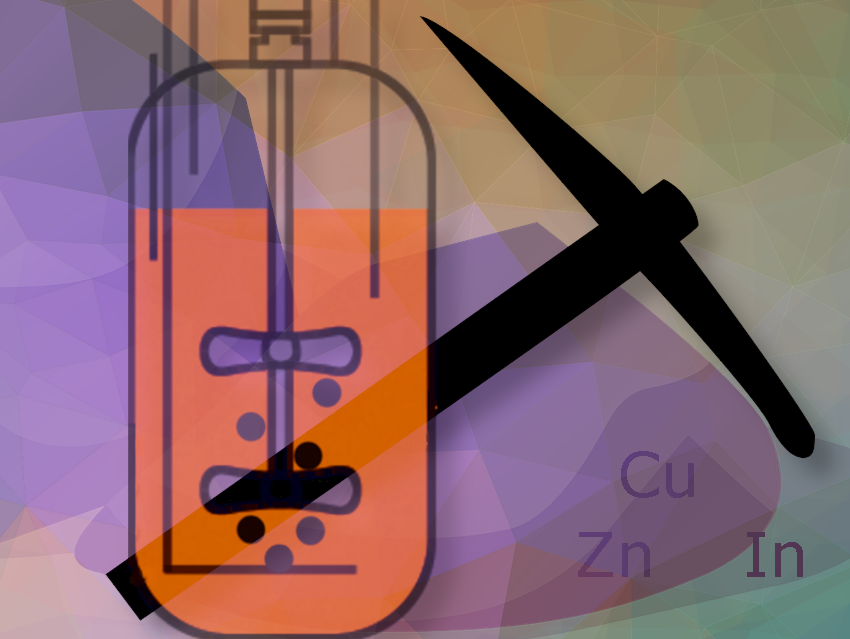Microorganisms in underground bioreactors convert ores and mining residues into valuable metals like copper, indium, and zinc, which are subsequently extracted from the process water using innovative membrane filters. This bioleaching could make it possible to extract metals at low temperatures and directly in a mine.
Sabrina Hedrich, TU Bergakademie Freiberg, Germany, and her colleagues have tested these two processes in the laboratory. With funding from the European Union’s “XTRACT” research project, they can now test this environmentally friendly process on a larger scale in a pilot plant near Pöhla, Saxony, Germany.
In a bioreactor at low pH, microorganisms dissolve metals from insoluble sulfides, such as sphalerite and chalcopyrite. Copper, indium, and zinc are then extracted from the solution using various hydrometallurgical processes, requiring low energy and producing no harmful exhaust gases typical of pyrometallurgical processes. The microorganisms are separated using a hybrid membrane process, and the valuable metals are sorted by charge and size with selective filter units, preferably connected directly to the bioleaching process on site. The process is ideal for low-grade ores or mining residues.
In addition to the mining project in Pöhla, Saxony, together with the partners, the process will also be trialled in the Björkdal mine in Sweden and for recycling mining residues in São Domingos, Portugal, and Lavrion, Greece. The aim of XTRACT is to create an emission-free mine of the future using innovative micro-invasive technologies for sustainable, low-carbon mining. The project’s processes are suitable for low-grade ores, dumps, and contaminated sites, making them useful for extracting precious metals and remediating mining waste. The EU’s Horizon Europe research programme is funding 14 partner organizations from 9 countries (Germany, Sweden, Finland, Lithuania, Spain, Greece, France, Portugal, Cyprus) with 5 million euros until December 2026.
- On the way to emission-free mining: extracting metals with microorganisms,
Press Release TU Bergakademie Freiberg, Germany July 10, 2024.
(accessed July 19, 2024) - Metall-Recycling mittels Biohydrometallurgie
(Metal Recycling via Biohydrometallurgy)
Sabrina Hedrich, Mareike Fritze, Axel Schippers,
Chem. Ing. Tech. 2023.
https://doi.org/10.1002/cite.202300094





the dissolution rate is equivalent to the uptake rate in a steady state reaction, but the transfer rate is affected by the uptake rate because of the mass-energy equivalence principle.